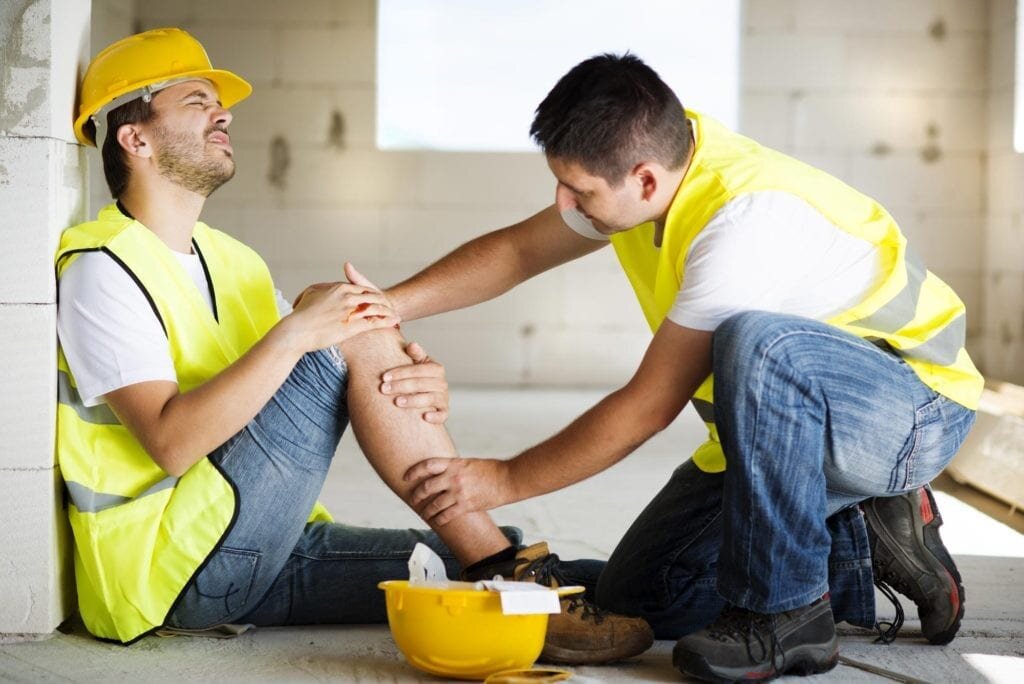Responding to Emergencies in the Workplace
When it comes time to respond during an emergency, knowing what steps to take can be crucial. If an emergency happens in the workplace, it could be your responsibility to provide help. In this article, we’ll look at ways you can help your employees during an emergency.
Preparing for emergencies
It's important to prepare for emergencies ahead of time. Medical supplies should be available, and there should be a plan for each workplace emergency.
You and your employees should receive first aid training. If employees are working alone, a work-alone safety policy should be prepared. Safety drills will help people respond quickly and confidently when the time comes.
Have a list of emergency contacts available for your employees and emergency phone numbers stored on your devices. Your contacts should also include local emergency service numbers. If your company uses a safety service, save their contact so that you’ll be ready to respond.
It’s impossible to prepare for all emergencies, but with practice and planning, employees will be able to stay calm.
Staying calm
It’s easier said than done, but staying calm during an emergency is the best way to make sure that the right choices are made. The person who needs help will be better served by someone who has their head in the right place.
Some calming techniques experts recommend include breathing, visualization, and muscle relaxation exercises. Taking the time to slow down during an emergency could lead to a quicker response if you make better choices.
During an emergency, stress can lead to human error. One way to stop mistakes during emergency response is to automate your safety. An automated safety system will call for help when an employee cannot and escalate an emergency if the contact is unable to respond. By removing the human element, you can ensure that as tensions rise, mistakes won’t.
Like anything in the workplace, an emergency response often becomes a team effort. You’ll need to be ready to coordinate your response with others.
Following the plans and recording your response
As part of planning a coordinated emergency response, you’ll want to have a set of instructions available and a way to record a response. When it comes time to respond to an emergency, the response process should be as simple as possible.
Workplace emergencies create a hectic and stressful environment. Recording the response can help to coordinate everyone's effort. If an employee is missing, the recorded response can be given to police or emergency services so that it’s clear what steps have been taken.
Safety monitoring services can provide custom instructions and record responses during emergencies. Recorded responses are not only useful during an emergency; they can be used to create an emergency report. Having all the facts can help to prevent the same emergency from happening again in the future.
Planning for emergencies is only useful if everyone follows the same plans. Keeping a detailed record will also help plan for future emergency scenarios.
Resolving an emergency
An emergency response begins with planning, and it doesn’t end until a follow-up is complete. Depending on the type of emergency that has taken place, the resolution can take many forms.
In the event that an emergency is a false alarm, your resolution may begin by confirming that all employees are safe. Following real emergencies, you’ll want to make sure that injured employees have received medical attention and make decisions around work stoppages.
Record any steps that were taken during the emergency resolution, and make sure to note any details that could help an investigation. If you’re using an automated safety system, you should generate a report showing how events transpired.
Resolving an emergency means that you’ll have data to work off during your next safety planning.
Putting it all together
Effective emergency responses need a lot of preparation and coordination, but they don’t have to be full-time jobs. By automating your emergency response using a software solution like SafetyLine, you can ensure that the proper steps are taken every time.
SafetyLine will help you plan your emergency responses to ensure the right people know when someone needs help. By providing a simple emergency response interface, SafetyLine will help you stay calm and let others know what you’ve done to help. After an emergency, SafetyLine provides custom reports showing a full event timeline, making record-keeping and emergency resolution simple.
For workers facing a variety of dangers, SafetyLine provides a custom call-out based on area or job type. SafetyLine also provides custom instructions for monitors to follow, meaning that when someone needs help, the right people are provided the right instructions.

